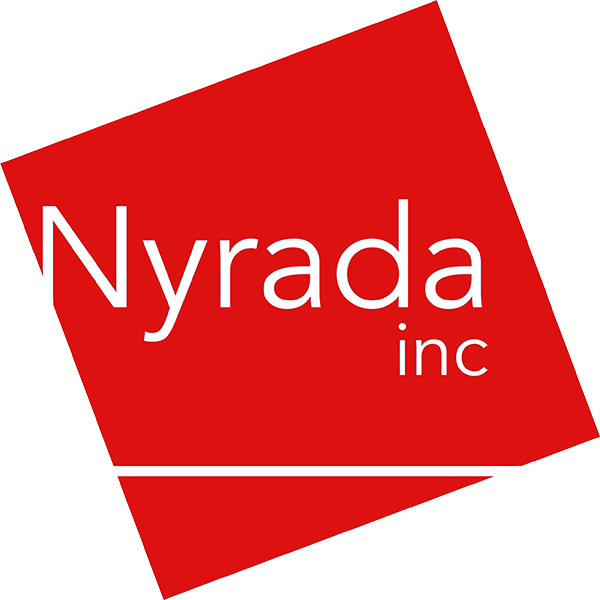Ph.D
Jim brings over 30 years of experience of drug discovery programs targeting oncology, cardiovascular, inflammation, joint and bone disease, and infectious diseases.
Formerly, Jim was employed by Biota Pharmaceuticals as Director, Drug Discovery, responsible for coordinating Biota’s antibacterial research discovery program. Prior to this he was Head of Chemistry at Cytopia, from 2007-2009. Before joining Cytopia, Jim was Senior Director, Medicinal Chemistry, at Celera Genomics, in San Francisco, where he led the team that discovered Imbruvica® (ibrutinib), now approved for CLL and other indications. Jim’s teams have contributed to the discovery and development of several other clinical and late stage preclinical candidates, including odanacatib (Phase III, Merck, osteoporosis), momelotinib (Phase III, Gilead/Sierra Oncology, myelofibrosis), abexinostat (Phase II, Pharmacyclics, oncology), and K11777 (UCSF/OneWorld Health, Chagas disease).
He undertook post-doctoral studies at Purdue University, having obtained a Bachelor of Science in Chemistry (1979, Old Dominion University) and a Ph.D. in Organic Chemistry (1985, Purdue University), and has co-authored over 60 peer-reviewed publications and conference presentations, and is an inventor on over three dozen issued patents and published applications.




